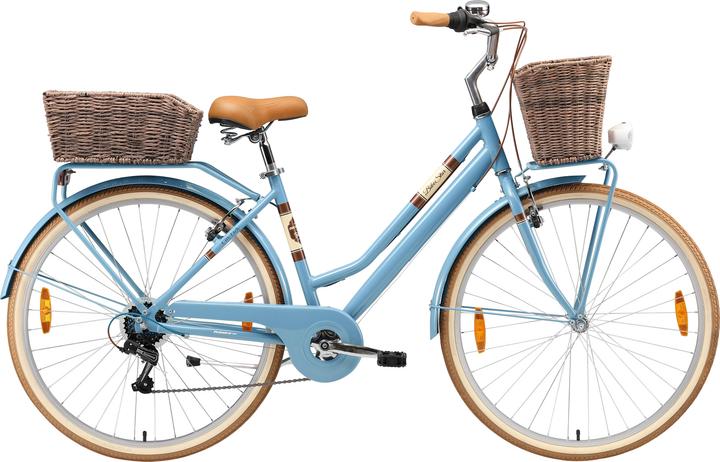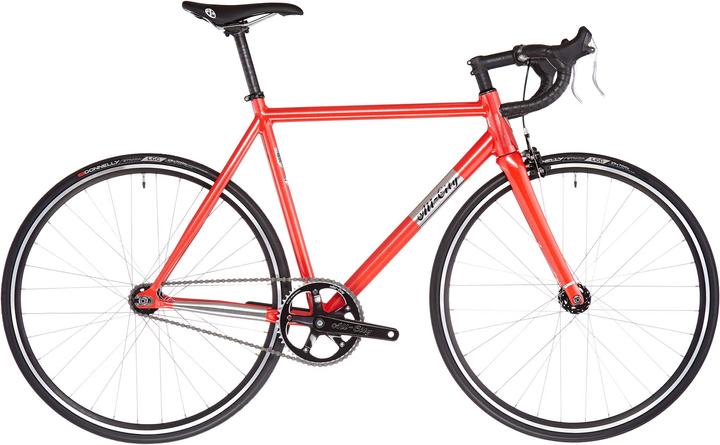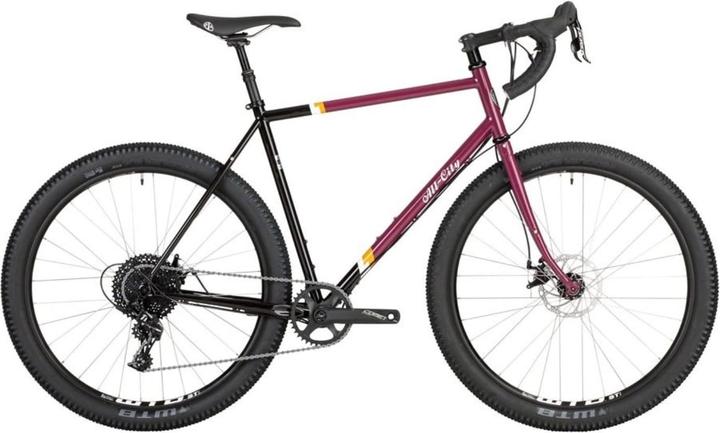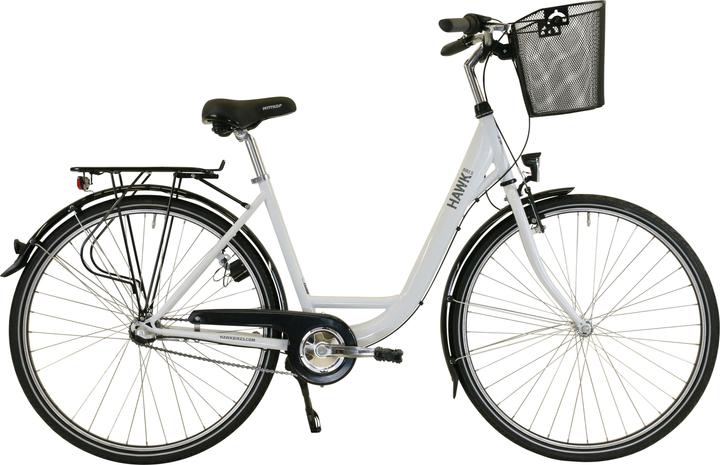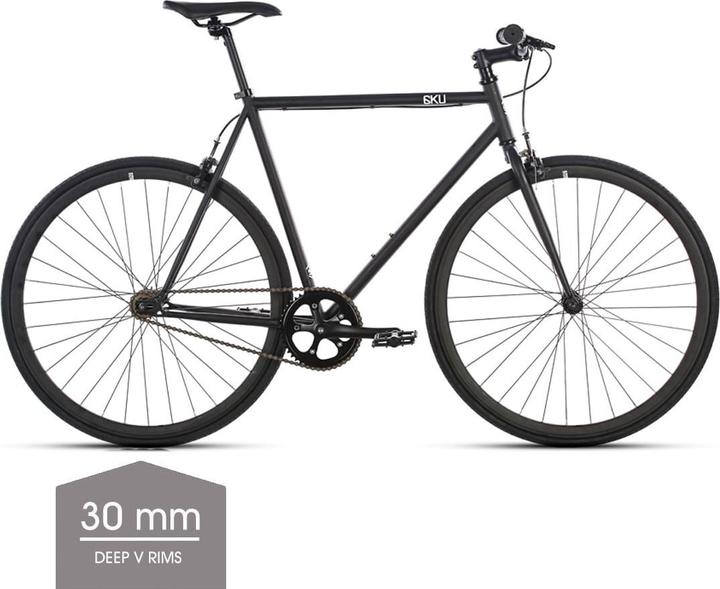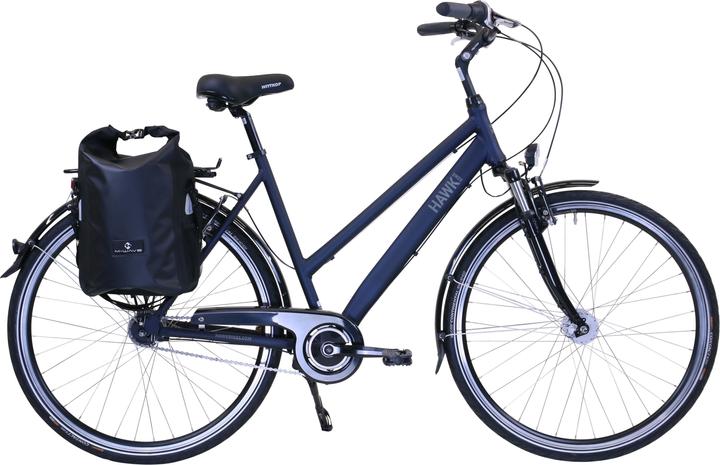
Too Many City Bikes? Here's How to Find the Right One
Check out these five key factors to help you choose the best city bike for your needs.
Last updated 1 week ago. Automatically generated content.
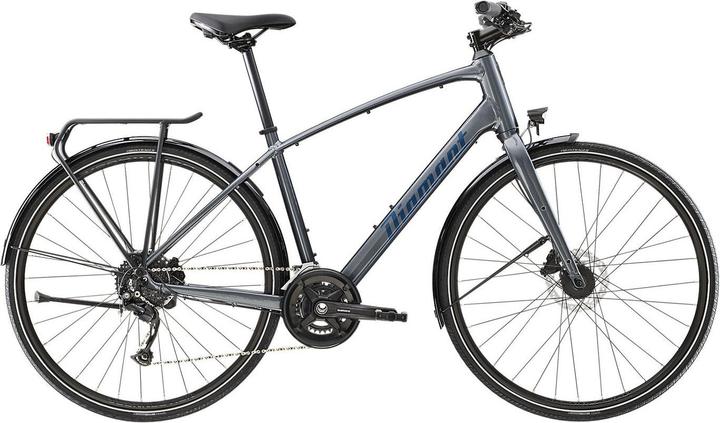

Select options and limit the number of products
City bike type refers to the riding style and frame design of the bike, shaping its comfort, speed, and suitability for different urban environments. Choosing the right type helps match the bike to your daily needs, whether commuting, running errands, or enjoying relaxed rides around town.
Popular options (you can select more than one)
Cycling
Designed with a lightweight frame and efficient gearing for faster, more agile urban riding.
Ideal for longer commutes or riders who prioritize speed and maneuverability in city traffic.
Bestseller
Dutch bicycle
Features an upright riding position, step-through frame, and practical accessories such as racks and fenders.
Best for comfortable, relaxed rides and everyday errands, especially in flat city areas.
Bestseller
Drive type refers to the gear mechanism that transmits power from the pedals to the rear wheel on a city bike. It affects maintenance needs, riding comfort, and how easily you can shift gears in daily urban use.
Popular options (you can select more than one)
Derailleur gears
Typical price
340,– to 570,–Uses an external set of gears and a chain to shift across multiple sprockets for a wide range of speeds.
Offers smoother and faster gear changes, making it ideal for hilly routes or riders who want more control over their cadence.
Bestseller
Hub gear
Typical price
460,– to 640,–Features an enclosed gear system within the rear hub, protecting it from weather and dirt.
Requires less frequent maintenance and allows gear shifting while stationary, making it convenient for stop-and-go city riding.
Bestseller
The braking system determines how a city bike slows down or stops, directly affecting safety and control in urban environments. Choosing the right type influences how well the bike handles in different weather, road conditions, and traffic situations.
Popular options (you can select more than one)
Rim brake
Typical price
320,– to 400,–Applies braking force by pressing pads against the wheel rims.
Lightweight and easy to maintain, rim brakes are cost-effective and suit dry, paved city roads.
Bestseller
Disc brake
Typical price
320,– to 2400,–Uses a rotor and caliper system attached to the wheel hub for stopping power.
Offers reliable performance in wet or muddy conditions, making them ideal for year-round commuting.
Bestseller
Coaster brake
Typical price
360,– to 570,–Engages the brake by pedaling backward, with the mechanism housed inside the rear hub.
Simple and low-maintenance, coaster brakes are convenient for casual riders and flat urban routes.
Bestseller
Hydraulic
Typical price
800,– to 1100,–Uses fluid pressure to deliver smooth and powerful braking, usually in disc or rim systems.
Requires less hand effort and provides consistent stopping power, especially useful for frequent stops and hilly cities.
Bestseller
The number of gears on a city bike determines how easily you can adapt to different terrains and riding conditions. Choosing the right gear range affects your comfort and efficiency, whether tackling hills, cruising on flat roads, or navigating city traffic.
Popular options
1 - 1 x
Typical price
290,– to 490,–Single-speed bikes have one gear and a simple drivetrain.
Ideal for flat city routes and low-maintenance needs, offering ease of use for casual riders.
Bestseller
2 - 5 x
Typical price
460,– to 570,–Bikes in this range offer a small selection of gears for basic adjustments.
Suitable for moderate inclines and mixed urban terrain, balancing simplicity with added versatility.
Bestseller
6 - 15 x
Typical price
400,– to 640,–These bikes provide a wider range of gears for diverse riding conditions.
Recommended for hilly cities or longer commutes, allowing smoother riding and better control over various gradients.
Bestseller
Frame material refers to the type of metal used in constructing a city bike's main structure, directly influencing weight, durability, and ride feel. Choosing the right frame material is important because it affects comfort, maintenance, and overall performance during daily commutes or urban rides.
Popular options (you can select more than one)
Aluminium
Typical price
370,– to 640,–Lightweight and resistant to rust, aluminium frames are easy to handle and maintain.
Recommended for those who want a nimble, low-maintenance bike ideal for city commuting and carrying up stairs.
Bestseller
Steel
Typical price
320,– to 400,–Steel frames are heavier but offer more flexibility and shock absorption for a smoother ride.
Best suited for riders seeking durability and comfort, especially on rough city streets or for long-term use.
Bestseller
